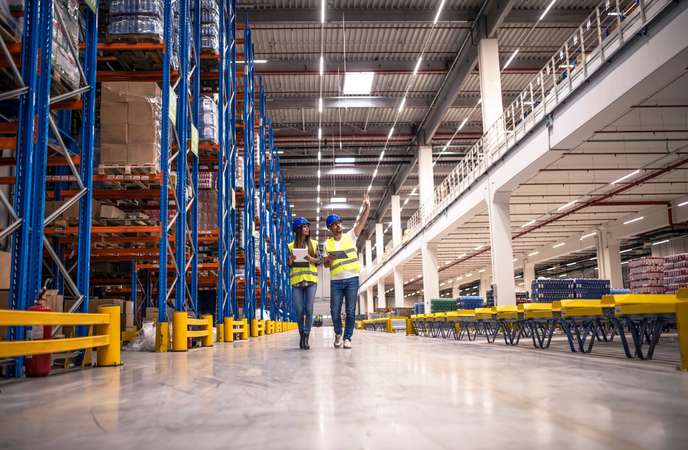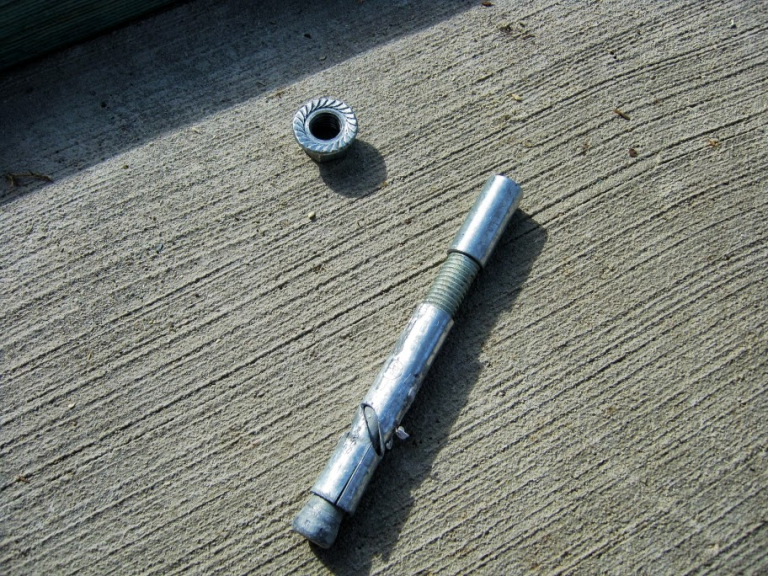What is asbestos used for?
How much asbestos is used worldwide?
While it is no longer used in much of the Western world, countries such as India and China still include it in various products, using hundreds of thousands of metric tonnes each year. Inevitably, sometimes asbestos-containing products are shipped to Western countries.
And just because it’s banned doesn’t immediately remove all the asbestos already used. Millions of tonnes of asbestos still remain in buildings due to its use in the 20th century: as exposure to asbestos occurs mainly from breathing in fibres from contaminated air, disturbing these deposits can pose a health risk.
What are the known health effects of asbestos?
Asbestos causes cancers of the lung, ovaries and larynx and is suspected to cause others, including gastrointestinal cancer. Once inhaled, asbestos fibres may stay in the body and cause asbestosis, a progressive inflammatory disease that scars the lungs. Medical experts say there is no evidence for a threshold of exposure for cancer: any amount of airborne asbestos fibre poses a risk. Smoking is known to increase the risks of lung cancer with asbestos exposure. In 2007, the World Health Assembly called for global campaigns to eliminate asbestos-related diseases; the World Health Organisation recommends a ban and says chrysotile causes cancer.
So asbestos is linked with deaths: how many?
The World Health Organisation estimates that around 125 million people are exposed to asbestos in the workplace and that at least 107,000 people die each year globally from occupational exposure to airborne fibres. About half of the deaths from occupational cancer are estimated to be caused by asbestos. Moreover, a paper in Lancet in December 2016 put deaths linked to ‘occupational exposure to asbestos’ at 180,225 in 2013. The burden of asbestos-related diseases is still rising, even in countries that banned the use of asbestos in the early 1990s.
 Why asbestos was used
Why asbestos was used
Asbestos was used because as a construction material, it’s brilliant. Brilliant? What is so brilliant about one of the greatest health risks facing the industry?
There are several properties that make asbestos brilliant for building materials:
- Strong
- Cheap
- Sound Insulation
- Heat Insulation
- Fire Protection
- Resistant to Chemicals
- Resistant to Water
- Resistant to Electricity
- Asbestos is a naturally occurring material found throughout the world. Used for thousands of years, asbestos products go as far back as the ancient Greeks and Romans.
It became popular in the UK following the industrial revolution. Asbestos was commercialised and imported in huge quantities for manufacturing.
Great sound and heat insulation, strong, cheap and with fantastic fire resistance. Perfect properties for construction, which is why it was used so much. So brilliant, that asbestos is present in many commercial and domestic buildings across the UK.
Building products containing asbestos
Asbestos is in hundreds of commercial products produced at its peak in the 50s-70s. Advertised and promoted as a wonder product by suppliers, and it was sought after by builders and property owners.
Some examples of building products that contained asbestos include:
- Asbestos Cement
- Roof Tiles
- Ceiling Tiles
- Floor Tiles
- Loose Insulation
- Insulating Boards
- Textured Coatings
- Sprayed Coatings
- Fire Doors
- Fire Blankets
- Pipe Lagging
- Downpipes
- Rainwater Goods
- Soffits and Fascias
- Cladding
- Electrical Panels
- Window Cills
- Partitions
- Sink Pads
- Toilet Seats
- Asbestos-containing products are in all types of buildings. Schools, hospitals, offices, hotels, homes, and every other type of structure.
Asbestos has been used in the manufacturing of various products. These products can be found in either friable or non-friable form. All products are also known as asbestos-containing material.
Friable asbestos
Friable asbestos products are generally quite loose and, when dry, can be crumbled into fine material or dust with light pressure, such as crushing with your hand. These products usually contain high levels of asbestos (up to 100% in some cases), which is loosely held in the product and asbestos fibres can be easily released into the air.
If disturbed, friable asbestos products are dangerous because the asbestos fibres can get into the air very easily, and may be inhaled by people living or working in the area.
Non-friable asbestos products that have been damaged or badly weathered (including hail damage), may also become friable.
How were friable asbestos products used?
Friable asbestos products have been commonly used in commercial and industrial settings since the late 1800’s for fireproofing, soundproofing and insulation. Some friable products were also used in houses and may still be found in houses built before 1990.
Examples of friable asbestos-containing material include:
- pipe lagging
- boiler insulation
- fire retardant material on steel work
- sprayed insulation.
Non-friable (bonded) asbestos
Non-friable asbestos products are made from a bonding compound (such as cement) mixed with a small proportion (usually less than 15%) of asbestos. Non-friable asbestos products are solid, rigid and non-friable, and cannot be crumbled, pulverised or reduced to powder by hand pressure. The asbestos fibres are tightly bound in the product and are not normally released into the air.
Common names for non-friable asbestos cement products are ‘fibro’, ‘asbestos cement’ and ‘AC sheeting’.
When they’re in good condition, non-friable asbestos products do not normally release any asbestos fibres into the air. They are considered a very low risk for people who are in contact with them, as long as appropriate safety precautions are used when they are disturbed.
However, when non-friable asbestos products are damaged or badly weathered (including hail damage), they may become friable.
Examples of non-friable asbestos-containing material include:
- asbestos cement sheet
- asbestos cement moulded products
- bitumen-based waterproofing
- vinyl floor tiles.
Examples of non-friable asbestos-containing material that can become friable as a result of a work process include:
- asbestos cement sheeting that has been crushed
- asbestos cement sheeting that has deteriorated from long-term exposure to a chemical mist.
For more asbestos-containing products examples, see the A-Z of asbestos-containing materials . Or, use the Finding & identifying asbestos tool to find out about the likelihood, location and type of asbestos-containing products in your home or workplace.
Reference-
Thank you for reading this information about asbestos, we have written an article on the best 30 “Asbestos Removal Melbourne” Companies. Please take a read.
https://www.asbestossafety.gov.au/







